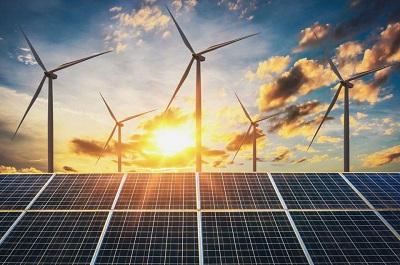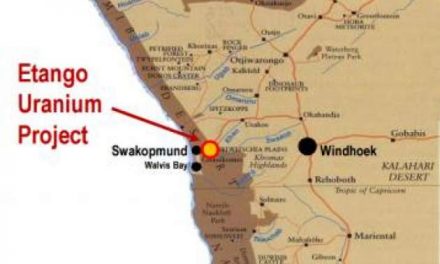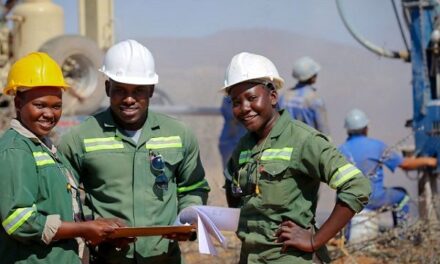
Wind and solar generated 10% of global electricity in 2021 – a world first

For the first time, wind and solar generated more than 10% of electricity globally in 2021, according to the Global Electricity Review 2022.
Ember, the energy think tank that compiled the report, says this landmark is 9.3% ahead of 2020 and double the level of 2015 when the Paris Climate Agreement was signed.
Fifty countries have now crossed the 10% wind and solar landmark, Ember says, with seven new countries added in 2021. These are Japan, Viet Nam, Mongolia, China, Hungary, Argentina and El Salvador.
Solar generation grew 23% in 2021, while wind generation grew 14%.
But power from coal – a fossil fuel that contributes to global warming – also rose 9% in 2021 to a new record high.
Ember calls on governments globally to have the same “boldness and ambition” as governments like the United States, Germany, the United Kingdom and Canada, which plan to switch their grid to 100% clean energy within the next 15 years.
Renewable energy ambitions
A separate report earlier this year, Energy Transition Investment Trends 2022, found global investment in low-carbon energy hit a new record of $755 billion in 2021, up by 27% on the year before.
At the same time, the world’s 60 biggest banks provided almost the same amount to fossil fuel companies in 2021 – $742 billion – according to data from environmental organization the Rainforest Action Network.
The energy team at the World Economic Forum says “decoupling” from fossil fuels is more important than ever, especially with heightened risks over the security of world energy supplies.
“Following Russia’s invasion of Ukraine, many countries have raised their renewable energy ambitions further,” says Harsh Vijay Singh, Project Lead at the Forum’s System Initiative on Shaping the Future of Energy. “However, bottlenecks remain – mainly on the supply chain side, and on project implementation.”
Clean energy investment
Delays in areas like the permitting of facilities and setting up electricity interconnections between countries will need to be addressed, Singh says.
Progress on developing grids to support high levels of renewable energy has also been slow.
“Governments are beginning to look into this,” Singh adds. The Bipartisan Infrastructure Deal in the United States is one example. This includes a $65 million investment in clean energy transmission and the country’s electricity grid – the largest investment of its kind in American history, the White House said. – World Economic Forum.












































